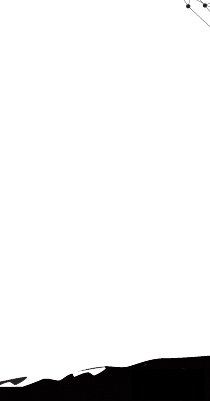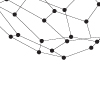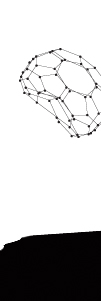 |
||||||||||||||||
 |
 |
|
 |
|
 |
|
 |
|
 |
|
||||||
 |
 |
 |
 |
 |
||||||||||||
 |
|
|
|
|
|
|
|
|||||||||
| |
|
|
||||||||||||||
Projections
Interviewees
Amanda
McDonald Crowley
Australian Network for Art & Technology
Stream Video
Andres
Burbano
Professor,
Universidad de los Andes, Columbia
Stream Video
Anne
Nigten
Manager, V2 Lab, Netherlands
Stream Video
C. Kim
Transcript
Chi-Ming
Ho
Transcript
Chris
Salter
Interaction Architect/Co-Director, Sponge, Germany/USA
Stream
Video
David
Awschalom
Trancript
Diana
Domingues
Professor
& Coordinator of Graduate Researchers, Semiotics and Communication Graduate
Program, University of Caxias Do Sul, Brazil
Stream Video
Eli Yablonovitch
Transcript
Fraser
Stoddart
Transcript
Heather
Maynard
Transcript
Hermann
Gaub
Transcript
Jacquelyn
Ford Morie
Associate
Director for Creative Development, USC Institute for Creative Technologies,
USA
Stream Video
James
Gimzewski
Transcript
John
Winet
New
Media Producer & Researcher
Stream Video
Lisa
Naugle
Assistant Professor, Dance, University of California,
Irvine, USA
Stream Video
Mark
Beam
CEO,
Creative Disturbance, USA
Stream Video
Michael
Century
Professor,
Chair of Arts Department, Rensselaer Polytechnic Institute, USA
Stream Video
Ming
Wu
Transcript
Nina
Czgledy
Artist,
Critical Media, Canada
Stream Video
Owen
Witte
Transcript
Prof.
Jiang
Transcript
Prof.
Liao
Transcript
Roy Doumani
Transcript
Russ
Caflisch
Transcript
Sam Gambhir
Transcript
Sarah
Tolbert
Transcript
Sha Xin
Wei
Assitant
Professor, Georgia Institute of Technology, USA
Stream Video
Shimon
Weiss
Transcript
Slade
Gardner
Transcript
Victoria
Vesna
Media Artist, Chair of Design|Media Arts, UCLA
Stream Video
Hermann Gaub
Dreams are many. There are so many great things we can do now that we have control on matter at the nanometer length scale or the length scale of molecules. Nanoscience combines different disciplines and this is thrilling. That as a result the separation among the different disciplines, which split up into biology, physics, chemistry, life sciences and so on, is overcome by nanoscience, and that nanotechnology will help us to do so, this is my dream.
These different disciplines fuse on this length scale. We have the help of the biologists to control single molecules. Remember, Mother Nature works on the basis of single molecules. A single DNA is needed to build you. We need physics to understand what these molecules do, and we need chemistry to build them and so on and so on. So that's actually one of the most beautiful things of nanoscience as it is practiced these days. That all the folks from the different disciplines come together and do it.
Q: Do you have any nightmares?
That everything is called nano just because it's fashionable.
Q: I've heard someone get really angry about that.
Oh yeah, I could join him. Because this is really a mess. If people call what they are doing nanoscience just because it is fashionable, they will ruin this field. It's a gold-rush mentality: "Oh, great stuff! Nano, that sounds good - isn't what I'm doing all the time Nano? Oh yeah, I'm an established nanoscientist because I've been doing nanoscience all the time." So that's a big pity. What we need is people that are really willing to engage themselves deeply in this field, and not people that think it is cool and now hop the train and ride it for a while. Another ,yet smaller nightmare is that for example, I go into a movie theater and then the suit that Spiderman wears is a nanotechnology, micromanufactured thing or whatever, or that I open a computer game and it's a Nano-saur, that flies into my face.
What also bothers
me a lot is that the border between science fiction and science is crossed
too often. Certain colleagues call science what they should probably call
science fiction. It is important and fascinating to dream about the future,
which nanoscience opens up for us! However, one must in these prophecies not
omit valid physics laws as long as one can not falsify them and merely hopes
one will be able to do so in the future. Science fiction and science should
be kept apart otherwise the credibility of nanoscience will be damaged.